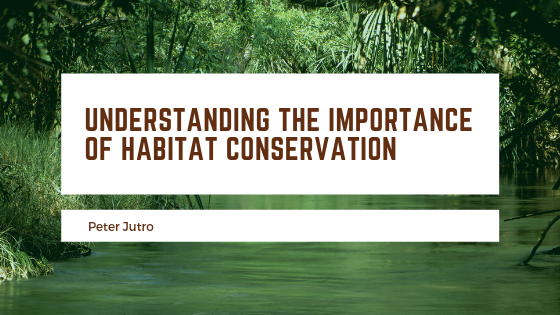Without conservation, we would have little of significance remaining in our world. This applies to a number of areas such as buildings, marine, energy, natural resources and land. However, the most recognized is habitat conservation. To truly understand habitat conservation, we must break down the definition. A habitat is a place where organisms live and interact with one another. According to The National Center for Biotechnology Information, there are four parts to a species’ environment, habitat being one part and the other three are climate variables, organisms and nutrients.
Conservation is the practice of conserving, protecting and restoring habitats. When habitat conservation plans are put into place, an area is restored and protected in the goal of a species thriving. Per the Endangered Species Act of 1973, habitat conservation provides “esthetic, ecological, educational, historical, recreational and scientific value” to the United States. This work requires many man hours and a great deal of money. Many habitats are in danger of being damaged or going extinct due to a number of factors, such as wildlife trading, introducing an invasive species, clearing land for development, or drilling for fossil fuels.
Saving our Habitats
There are a number of groups that work for habitat conservation. Among the most popular ones are NOAA, the Nature Conservancy, the U.S. Fish and Wildlife Service, and Ocean Conservancy. They work to protect wildlife and ensure that their habitats, whether a park, natural reserve, ocean … etc., stay healthy for future generations. Otherwise, these habitats would be damaged and/or extinct. What if our oceans become so polluted that fish and other aquatic life cease to exist? We not only lose a food source and an ecosystem, but the wildlife would lose their homes and nutrients. We also lose out on enjoying their beauty.
The same goes for areas on land. If developers clear land for housing, the wildlife will be forced to relocate and biosystems will be destroyed. Soon, people would not be able to take hikes in a forest, enjoy a camping trip in a national park or see wildlife with their young in a wetland. This is why it is vital that we work together to save our wild places. Wild places are where we go to reduce stress, exercise, and learn about ecosystems.
We might never know how connected we are to our environment were it not for conservation groups. They educate the public about the dangers of wildlife extinction and the damage that has been done to habitats. They organize and participate in activities that achieve their goals, such as sponsoring rallies, cleaning animals (e.g. oil spills), repairing habitats (e.g. sand dunes) and more. Also, they remind us of how fragile habitats are and how valuable they are to wildlife and humans.

